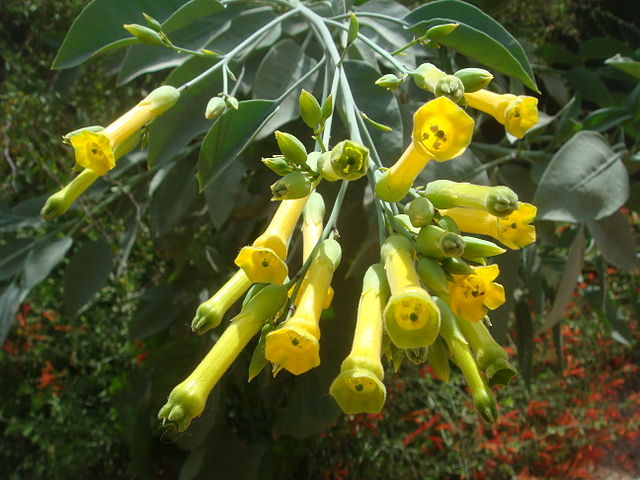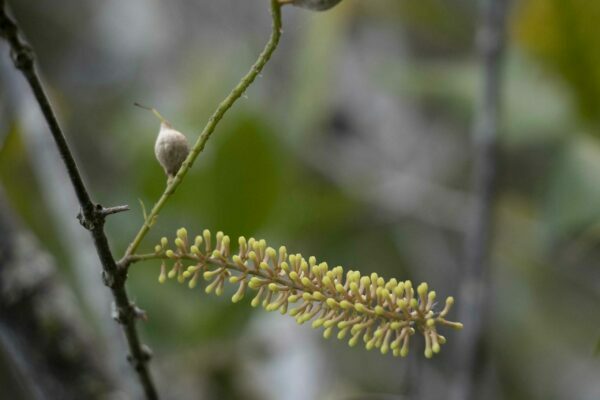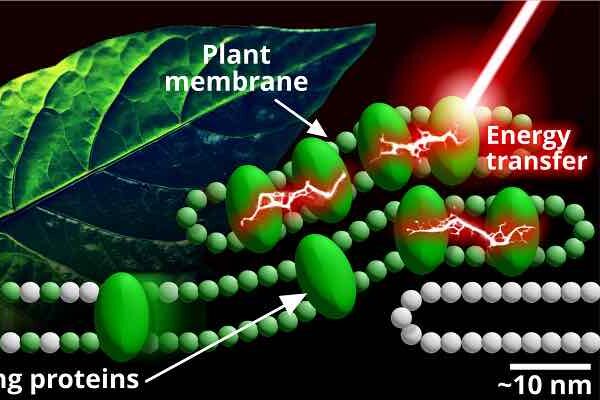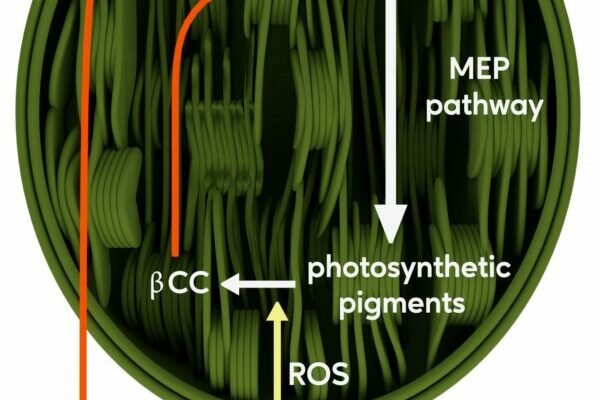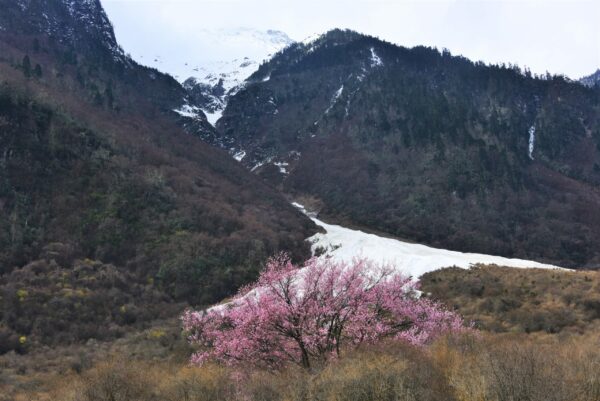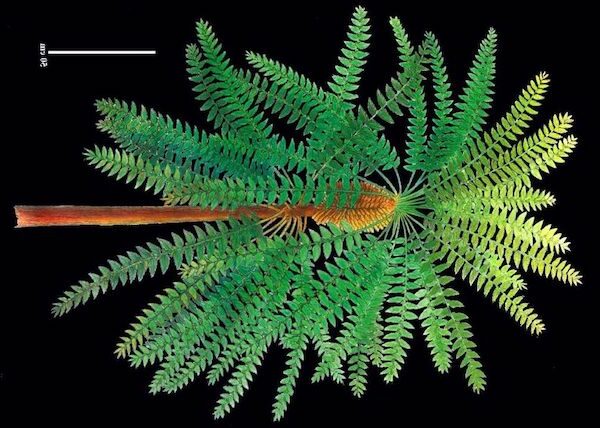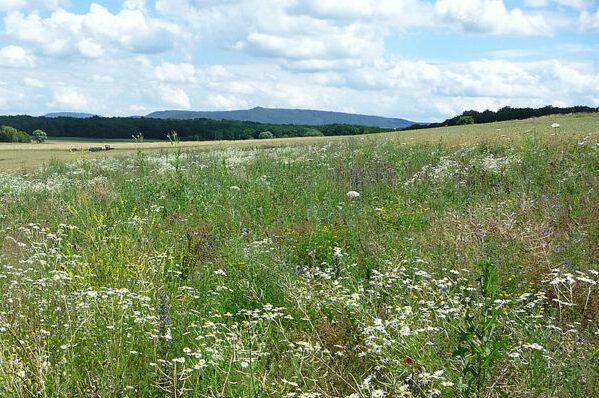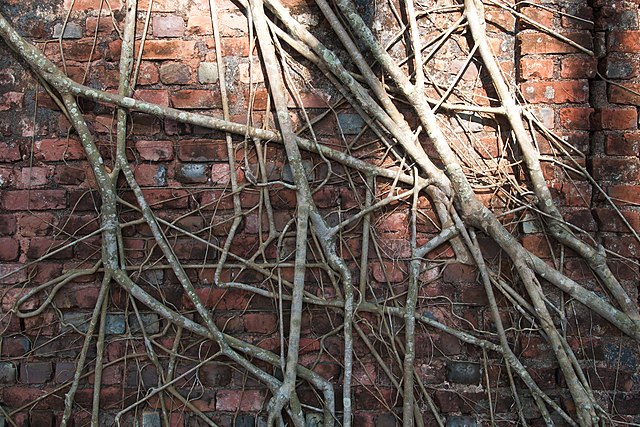
In 1966, US Army scientists drilled down through nearly a mile of ice in northwestern Greenland—and pulled up a fifteen-foot-long tube of dirt from the bottom. Then this frozen sediment was lost in a freezer for decades. It was accidentally rediscovered in 2017.


